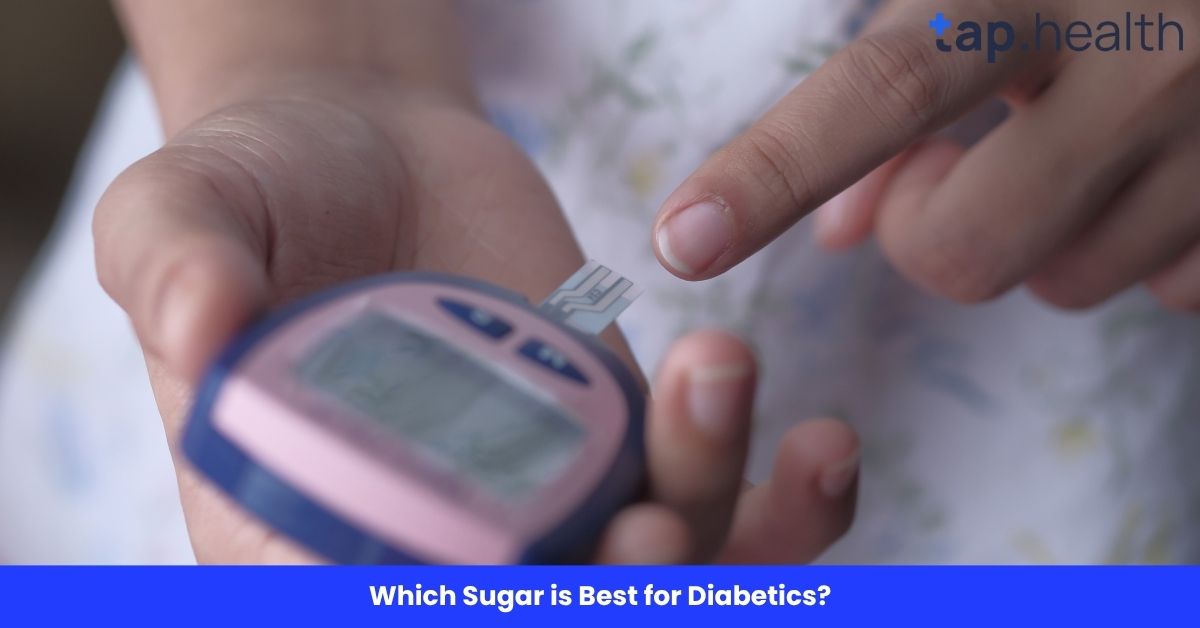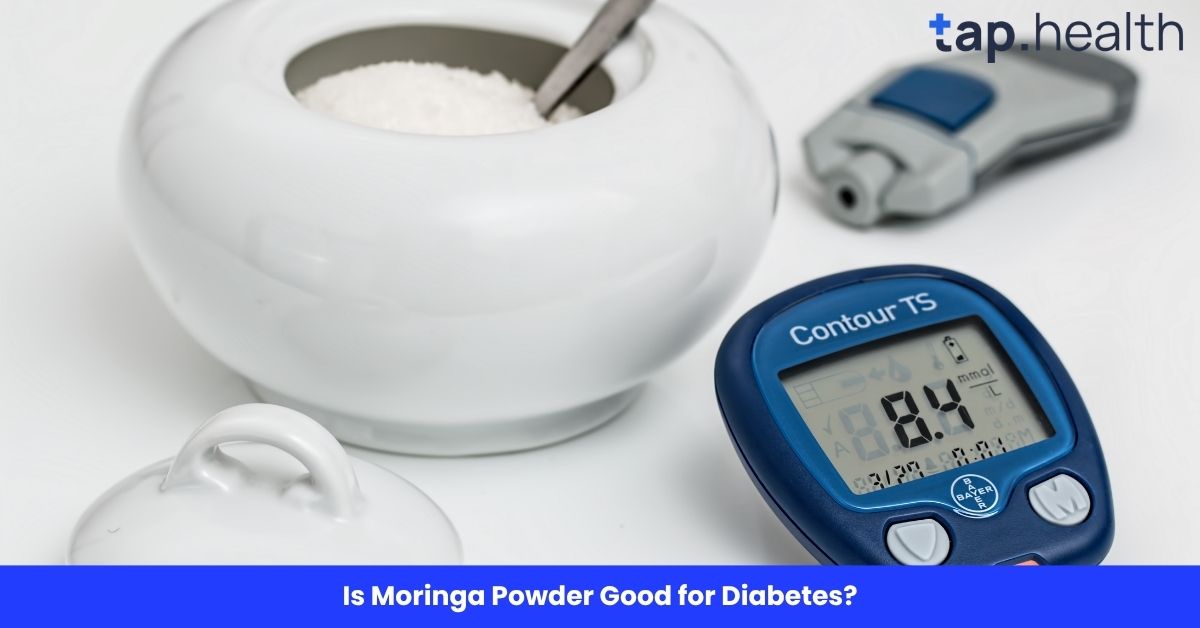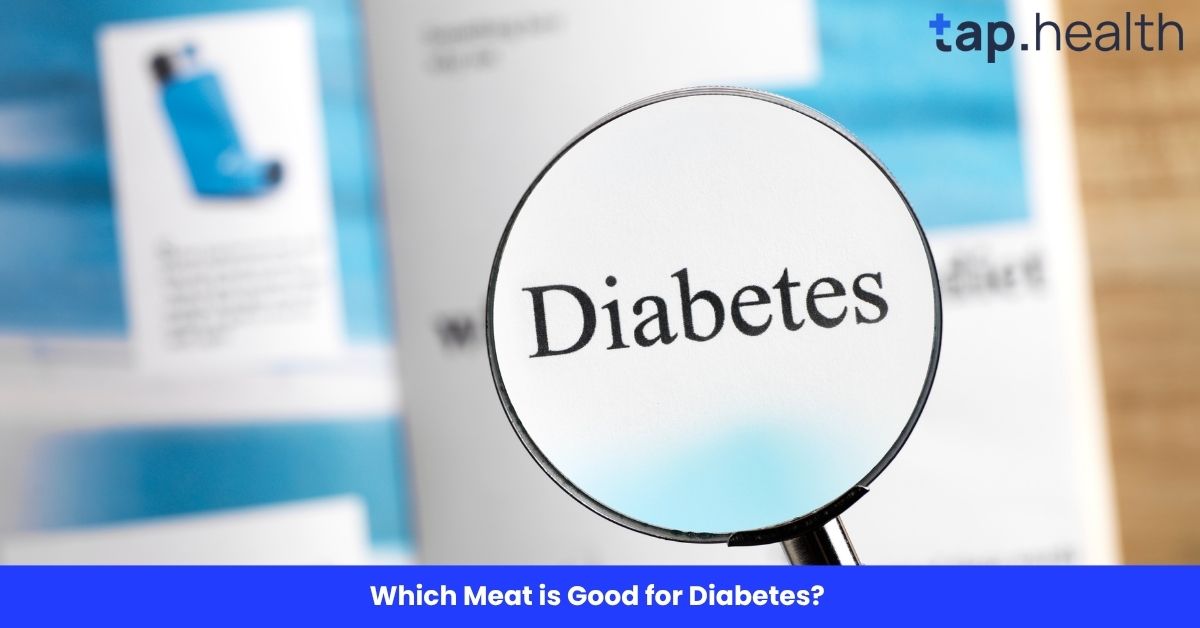Pickles have been a beloved snack for centuries. Their tart, salty flavor makes them a perfect addition to sandwiches, burgers, or just enjoyed on their own. But if you’re watching your calorie intake, you might be wondering: How many calories are in a pickle?
In this blog post, we’ll explore the calories in different types of pickles, from dill to sweet pickles. We’ll also break down their nutritional value, what affects the calorie content, and how pickles fit into a balanced diet. By the end, you’ll know everything you need to enjoy this crunchy, flavorful snack without worrying about the calories.
What is a Pickle?
A pickle is typically a cucumber that has been preserved in a brine (saltwater) or vinegar solution, and sometimes sweetened with sugar or other spices. There are several types of pickles, each with its own distinct flavor profile, including:
- Dill Pickles – The most popular type, usually made with dill, garlic, and other spices.
- Sweet Pickles – Pickles that are sweetened with sugar or high-fructose corn syrup, making them sweeter than dill pickles.
- Bread and Butter Pickles – A variation of sweet pickles, but with a slightly tangy flavor due to the addition of vinegar and mustard seeds.
- Kosher Dill Pickles – These are dill pickles that are made according to Jewish traditions and may include more garlic and dill.
Pickles come in various forms, including whole, spears, slices, and even pickled chips. The calorie content can vary based on the type of pickle and the ingredients used in the brine or syrup.
How Many Calories are in a Pickle?
The number of calories in a pickle can depend on several factors, such as the type of pickle, size, and whether it is made with sugar or artificial sweeteners. Let’s break it down by the most common types of pickles.
1. Calories in a Dill Pickle
A dill pickle is usually low in calories, making it a popular snack choice for those watching their diet. The calorie content in a regular-sized dill pickle (about 1 medium pickle or 80 grams) is:
- Calories: 5-10 calories
Dill pickles are made with vinegar, salt, and spices like dill, garlic, and mustard seeds, which means they are typically low-calorie and provide a tart flavor without the extra sugar. The majority of the calories come from the small amount of sugar that may be used in the brine, but it’s usually quite low.
2. Calories in a Sweet Pickle
Sweet pickles have a distinct sweet flavor due to the addition of sugar or high-fructose corn syrup. As a result, they tend to have more calories than dill pickles. A medium-sized sweet pickle (about 80 grams) typically contains:
- Calories: 30-50 calories
Sweet pickles are made by soaking the cucumbers in a sugary brine, and the added sugar increases the overall calorie count. While they are higher in calories than dill pickles, they still remain a relatively low-calorie snack compared to many other processed foods.
3. Calories in Bread and Butter Pickles
Bread and butter pickles are another sweet variety, but they have a tangy flavor thanks to the vinegar and mustard seeds. They are usually sliced thinly, and a serving size of 3-4 slices (about 80 grams) contains:
- Calories: 20-30 calories
These pickles are typically lower in calories than sweet pickles because they don’t have as much sugar, but they still provide a sweet and tangy flavor.
4. Calories in Kosher Dill Pickles
Kosher dill pickles are essentially the same as regular dill pickles but with extra garlic and dill. They are usually larger, and the calories in a medium-sized kosher dill pickle (about 80 grams) are:
- Calories: 5-15 calories
These pickles are similar to dill pickles in terms of calorie content. The garlic adds flavor but not significant extra calories, keeping kosher dill pickles in the low-calorie range.
What Affects the Calorie Content of Pickles?
The calories in pickles can vary depending on several factors. Understanding these variables can help you make healthier choices when selecting pickles.
1. Sugar Content
The amount of sugar in the brine is one of the biggest factors affecting the calorie count of pickles. For example, sweet pickles contain more sugar than dill pickles, which makes them higher in calories. Bread and butter pickles also contain sugar but in lower amounts than sweet pickles.
2. Size and Serving Size
The size of the pickle also affects the total calorie count. A whole pickle typically has more calories than pickle slices or pickle spears. For example, a small pickle spear may contain only 3-4 calories, while a whole pickle might have 5-10 calories.
3. Brine vs. Vinegar vs. Sugar
The ingredients in the brine or pickling liquid also affect the calorie content. For example:
- Vinegar-based brine (used in dill and kosher dill pickles) adds little to no calories.
- Sugar-based brine (used in sweet and bread and butter pickles) increases the calorie content significantly.
By selecting pickles with less sugar or a vinegar-based brine, you can lower the calorie count.
4. Additional Ingredients
Sometimes, extra ingredients like spices, herbs, or flavors may be added to the brine, affecting the overall nutritional content. However, these ingredients usually don’t contribute a significant amount of calories.
Are Pickles Good for You?
While pickles are low-calorie, they are typically high in sodium due to the salt used in the pickling process. This can be a concern if you’re trying to reduce your salt intake for heart health or blood pressure management.
Here are a few potential health benefits and considerations of eating pickles:
1. Low in Calories and Fat
Pickles are generally low in calories and fat, making them a great snack option for those watching their weight. For example, a dill pickle contains only 5-10 calories, allowing you to enjoy a flavorful snack without the worry of excessive calorie intake.
2. Rich in Antioxidants
Pickles, especially dill pickles, contain antioxidants from the garlic and dill spices. These antioxidants may help neutralize harmful free radicals in your body, potentially reducing the risk of certain chronic diseases.
3. Good for Digestion
Fermented pickles (like sauerkraut or fermented dill pickles) can be a good source of probiotics, which are beneficial bacteria that promote a healthy gut. Probiotics can aid in digestion and help maintain a healthy gut microbiome.
4. High in Sodium
One downside of pickles is that they tend to be high in sodium, which can lead to water retention and raise blood pressure if consumed in excess. If you’re on a low-sodium diet, you may want to limit your pickle intake or choose a low-sodium pickle option.
How to Enjoy Pickles While Watching Your Calorie Intake
If you love pickles but are keeping an eye on your calories, here are a few tips to help you enjoy them without overdoing it:
1. Choose Lower-Calorie Options
Opt for dill pickles or kosher dill pickles, as they tend to be the lowest in calories. Sweet pickles and bread and butter pickles are higher in sugar and calories, so save them for occasional treats.
2. Control Your Portion Size
If you find yourself snacking on pickles, it’s easy to eat a whole jar without thinking. Try to stick to a standard serving size (about 2-3 slices or 1 medium pickle) to keep your calorie intake in check.
3. Watch Your Sodium Intake
Be mindful of the sodium content, especially if you are consuming pickles regularly. Look for low-sodium pickles or make your own at home using less salt in the brine.
Frequently Asked Questions (FAQ) on How Many Calories in a Pickle?
1. How many calories are in a dill pickle?
A regular-sized dill pickle (about 80 grams) contains around 5-10 calories.
2. Are sweet pickles higher in calories?
Yes, sweet pickles are typically higher in calories, with around 30-50 calories per medium pickle, due to the added sugar in the brine.
3. What’s the difference between a dill pickle and a kosher dill pickle?
Kosher dill pickles are essentially the same as regular dill pickles but are made according to Jewish traditions, often with more garlic and dill, and they are usually larger. The calorie content is similar to regular dill pickles.
4. Can pickles be part of a healthy diet?
Yes, pickles can be a part of a healthy diet as they are low in calories, but you should be mindful of the sodium content. Choose pickles with lower sodium or enjoy them in moderation.
5. How can I make pickles at home with fewer calories?
You can make homemade pickles with fewer calories by using a vinegar-based brine instead of a sugar-based one. This will reduce the overall calorie count and help you control the sodium content.
In conclusion, pickles are a low-calorie snack that can be enjoyed as part of a balanced diet. The calorie content of pickles varies depending on the type (dill, sweet, or bread and butter), but they remain a relatively healthy snack compared to many other processed foods. Just remember to watch your sodium intake and opt for lower-calorie varieties if you’re trying to maintain a healthy diet.


